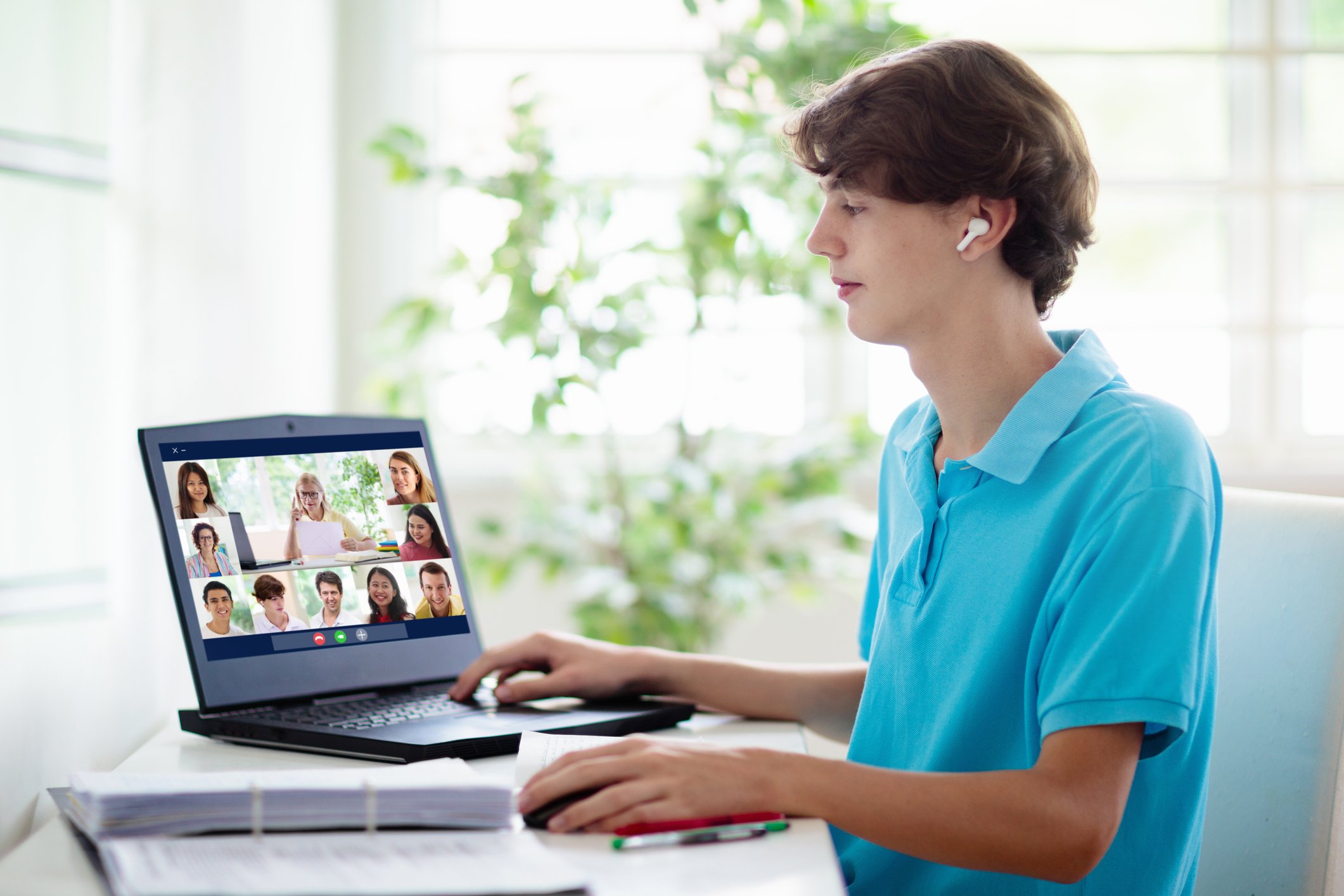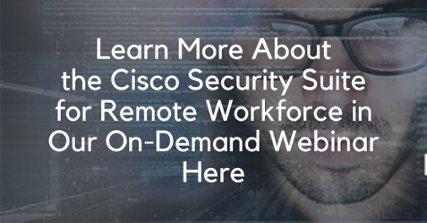 The COVID-19 pandemic has revolutionized how education institutions operate by making remote learning not only popular but also necessary. As social-distancing becomes the new normal and schools close in an attempt to contain the spread of the pandemic, institutions of higher education are rolling out remote learning programs for students to continue learning from home.
The COVID-19 pandemic has revolutionized how education institutions operate by making remote learning not only popular but also necessary. As social-distancing becomes the new normal and schools close in an attempt to contain the spread of the pandemic, institutions of higher education are rolling out remote learning programs for students to continue learning from home.
While online classes have been there for some time now, remote learning poses cybersecurity challenges not only for the institutions of higher learning but also for the students. Here are a few tips on security best practices that institutions of higher education can make use of during remote learning.
1) Create Awareness on Cybersecurity
The more the students and educators know about cybersecurity, the better they can protect themselves and the institution from cybercrime. When carrying out remote learning, ensure that  everyone understands security risks that come with online activity. This includes common phishing scams and malicious websites, as well as how to avoid being victims of malware and online scams. You should also remind both students and educators of the importance of being vigilant when opening links, and confirming the source of any information before accepting it. This helps guard against exposure to cybercrime, and also prevents the sharing of sensitive information to malicious individuals on the internet.
everyone understands security risks that come with online activity. This includes common phishing scams and malicious websites, as well as how to avoid being victims of malware and online scams. You should also remind both students and educators of the importance of being vigilant when opening links, and confirming the source of any information before accepting it. This helps guard against exposure to cybercrime, and also prevents the sharing of sensitive information to malicious individuals on the internet.
2) Passwords are Important
Passwords offer the needed protection against unwarranted access to online information. Always emphasize the need for strong passwords and encourage regular changing of passwords. Also, students and educators should not share their passwords with anyone else. It is advisable to use different passwords for different accounts to boost security as one password for all accounts means one single security breach puts all the other information protected by the password at risk. A better option is layering up security with multifactor authentication for access to online accounts, applications, and even VPNs. You can also decide to use remote learning resources that don’t necessarily require the creation of accounts.
3) Stay Updated and Use a Firewall
Outdated software and browsers are more likely to have loopholes that may be taken advantage of by cybercriminals. Schools should encourage both students and educators to update their anti-virus software, apps, browsers, and any other online tool to fix security loopholes and bypass cyber threats. This is especially important as remote learning keeps students, staff, and educators out of the school's IT department management therefore requiring more responsibility from them.
Other than staying updated, higher education institutions need to use firewalls to prevent authorized access to official systems. Students should also be encouraged to use firewalls on their home networks for protection.
4) Avoid Using Public Wi-Fi
When students learn within the school premises, it is easy to regulate the networks used as they are provided by the school. However, remote learning means students may access online classes and the school’s information using private networks as well as public Wi-Fi. As a security best practice, you should avoid using public Wi-Fi when learning or sharing information and data. This is because public Wi-Fi makes you vulnerable as hackers can easily connect to your computer and access the information you send out such as email addresses or even credit card information. Instead, only use trusted networks during  remote learning.
remote learning.
5) Only Use Approved Online Resources
Remote learning means a multitude of students and educators using online resources. If the involved parties have to download online learning tools, it is important to ensure they are vetted and are safe in terms of security and privacy. With this in mind, students and educators should only use online resources that have been approved by the institution. A better way to do this is by creating a guideline with all the recommended online resources for both students and educators. This way, they don't have to search online or download learning tools thus minimizing security risks.
6) Have a Backup
Sometimes, all the best practices are not enough to completely protect your institution’s system. As such, you should be ready for anything as the school’s account can be hacked, or the systems may fail. A risk assessment from a third-party will help identify vulnerabilities in the institution's networks and provide insight into the best possible solutions. A swift and effective crisis-handling process as well as a backup plan to prevent loss of important data is also necessary.
A backup plan may include having secondary equipment or alternative access to servers in case a server is down. With a backup plan, you will be able to mitigate security risks much better and achieve a faster recovery time. What’s more, remote learning won’t have to be interrupted for long in case of a security breach if the right measures are in place to cater to the system’s users.
The above security best practices should be used to help secure remote learning and protect the institution of higher education from security and privacy threats. Are there some tips we’ve left out, please let us know in the comment section!









